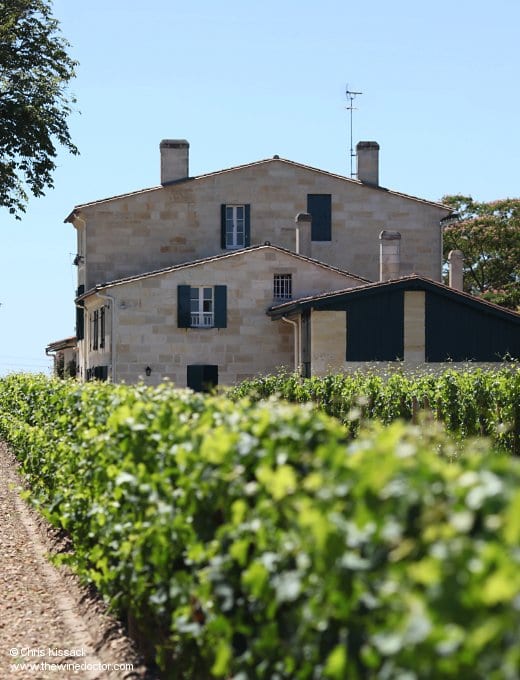Château La Grave à Pomerol
When it comes to Pomerol, I think anyone with more than a passing interest in the wines soon learns that it is being on the plateau that counts. If your vines are placed very close to the centre, like those of Petrus, Château Lafleur or Château L’Église-Clinet it is easy to see and believe that the wines might just be some of the commune’s finest. Similarly, with those châteaux on the more sandy soils, along the top of Libourne or to the west of the D1089, it is not hard to see that these estates could be regarded as having something of a disadvantage.
Where the situation becomes more complex is with those estates that sit somewhere between these two camps, teetering on the edge of the plateau, or located on the lower parts of the slope, nowhere near the summit of clay enjoyed by Petrus, but not down on the lower sections either. Château la Grave à Pomerol is perhaps a case in point; it sits on the ‘right’ side of the D1089, across the road (more or less) from Château La Croix Taillefer, but it is still very close to the slope. In this profile I explore the vineyards, uncovering their potential, and I also look at the wines of this Pomerol estate. To begin, though, I look at its history, which requires us to first look back to the noble Trigant de Boisset family in the late-18th century.

